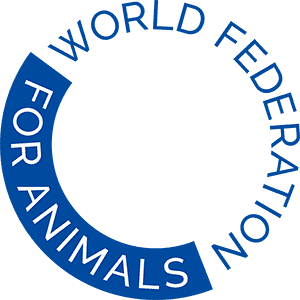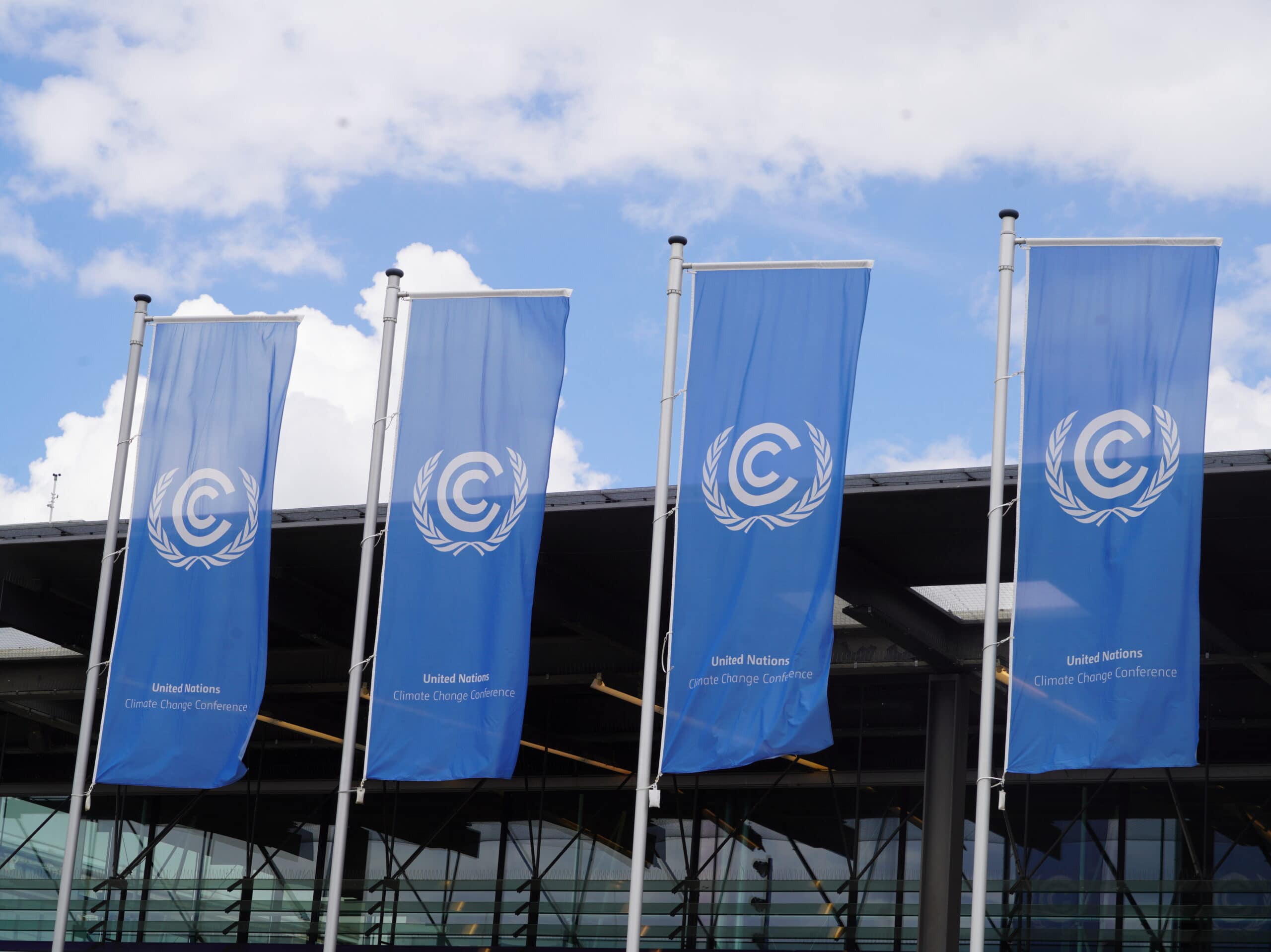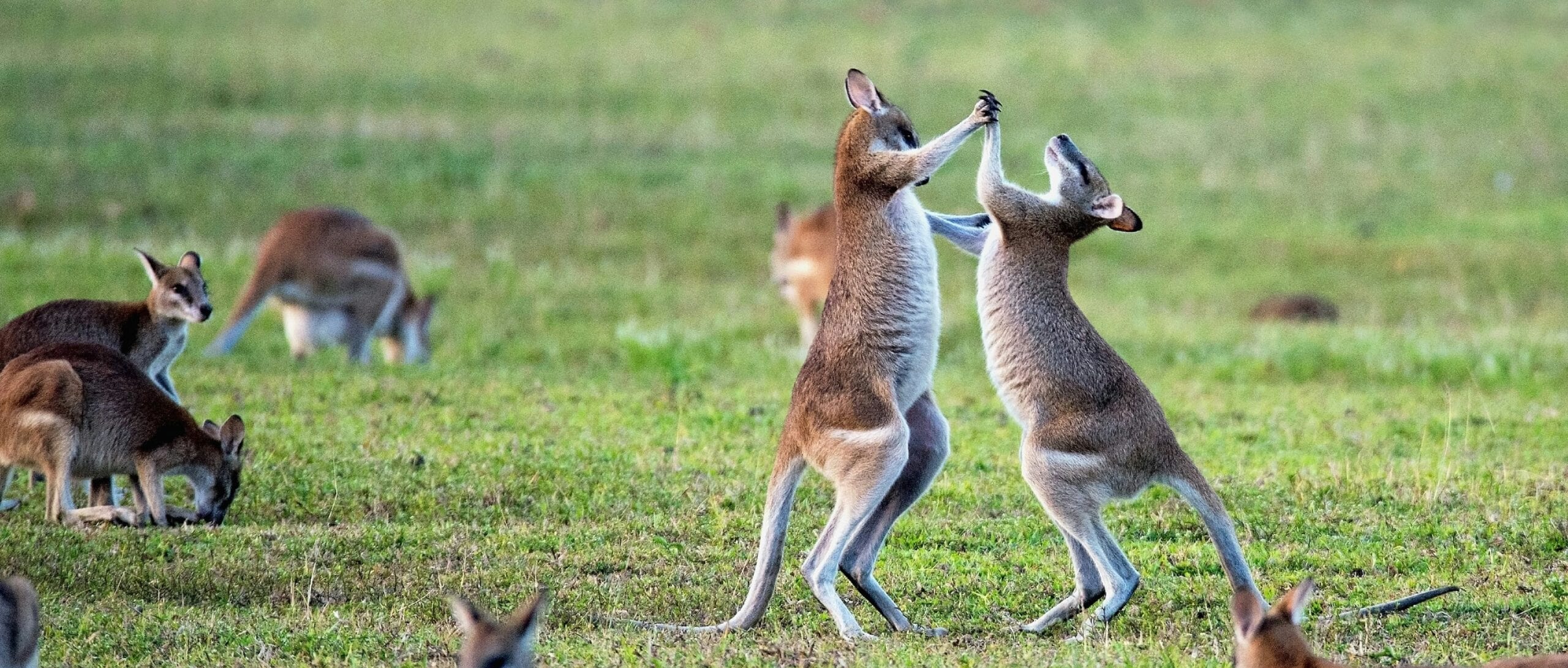As the development of the Post-2020 Global Biodiversity Framework advances under the Convention on Biological Diversity (CBD), WFA, Born Free, and eight other member NGOs have made key recommendations to make this a truly transformative guide to living in harmony with nature by 2050.
From 14-29 March 2022, the draft Framework will be negotiated at the resumed sessions of the third and last Open-ended Working Group on the Framework (WG2020) meeting in Geneva, Switzerland. WFA and members will actively participate in this process, which is expected to lead to the adoption of the Framework at the resumed sessions of the UN Biodiversity Conference (COP-15), in Kunming, China next year.
Our joint position paper, shared with Party delegations and key stakeholders ahead of the negotiations, includes two main recommendations to improve the Framework:
- Extend the sustainable use narrative to incorporate human and animal health risks and animal welfare concerns; and,
- Integrate animal welfare through the adoption of holistic approaches to reduce zoonotic disease risk and tackle the biodiversity and climate crises.
Extending the sustainable use narrative
Since the inception of the UN Convention on Biological Diversity, biodiversity has been declining at record rates. “Around 25 percent of animal and plant species are threatened with extinction, many within decades, unless action is taken to reduce the intensity of the drivers of biodiversity loss” noted the 2019 IPBES Global Assessment report. The same report demonstrated that human actions, such as land- and sea-use change, direct exploitation of wildlife, and climate change, are responsible for this rapid decline.
The concept of ‘sustainable use’ in relation to animals and plants, and how this is measured, is therefore essential for the effective design and implementation of the Framework. Yet, a suitable definition is currently absent from the draft. Instead, the latter maintains a biased narrative through which socio-economic aspects of sustainability take precedence over environmental ones.
In the Framework, the term ‘sustainable use’ should:
- only be applied in reference to uses which have been demonstrated to meet strict criteria for assessing biological and ecological sustainability, that will allow species and the ecosystems of which they are a part to thrive;
- be measurable by robust methods to consider all uses and pressures on species (including both legal and illegal wildlife trade) and incorporate the potential societal and economic impacts of wildlife exploitation on human and animal health and well-being; and,
- have as prerequisites successful species and habitat conservation, and biological stability/ sustainability. Without these, sustainable use and equitable sharing of benefits cannot be achieved.
As such, we recommended the inclusion of revised language with a clearer and more holistic interpretation of sustainable use that allows for more ambitious goals and targets.
Integrate animal health and welfare considerations
Regulated and unregulated exploitation, trade, and use of wildlife presents threats to human health. Crowding, stress, and injury among wild animals provide the perfect environment for pathogens to spread and mutate, and their close proximity to people during capture, farming, transportation, butchering, processing, and trade creates many opportunities for transmission between individuals and species, and potentially to people. Over 70% of new and emerging infectious diseases in humans are zoonotic.
The Framework represents an opportunity to recommend effective approaches to mitigate pandemic risks as well as conserve and protect biodiversity, while halting and reversing its loss. An integrated biodiversity/zoonotics perspective is urgently required.
In the position paper, we have therefore strongly encouraged eliminating the commercial trade and markets of wild animals (from the wild and captive bred/farmed), regardless of whether it is legal or illegal, or considered sustainable or unsustainable, prioritising the mitigation of animal and human health risks.
Specific recommendations on the Framework include:
- to consider alternative text for the 2050 Vision to align this with the preamble of the same Convention on Biological Diversity which recognises “the intrinsic value of biological diversity and its components“;
- to expand the enabling conditions for the success of the Framework by (1) recognising the required contribution of veterinary and animal welfare experts in its participatory approach; and (2) employing rights-based approaches that include, where appropriate, the rights of nature;
- to revise targets to (1) achieve a balance between human and animal interests in conflict resolution, and (2) ensure that “all exploitation, trade and use of wild species is ecologically and biologically sustainable; legal and effectively regulated and enforced, eliminating all unsustainable and all illegal harvesting; and that it poses no risk to the health and welfare of humans, wildlife, or other animals, particularly from pathogen spill over, while safeguarding the customary sustainable use by indigenous peoples and local communities.”; and,
- to add an indicator addressing the risks to human health from exploitation and trade.
Moving forward
Our recommendations echo the recently approved UNEA resolution, which acknowledges the role of animal welfare in promoting One Health, protecting the environment, and achieving sustainable development. Further, these are in line with the draft action plan on biodiversity and health developed under its Subsidiary Body on Scientific, Technical and Technological Advice.
We urge participating delegates to take our recommendations onboard in the negotiations. Including animal welfare will strengthen the Framework.





